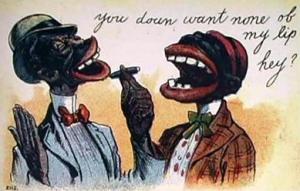 With the presence of racial disparity, the question is what can be done to end it. A questioning as to why one individual is favoured over another still remains prominent, or are these occurrences based off of ones race rather than their capabilities? These are questions I would like to answer sooner rather than later. Racial and ethnic disparities are pervasive, and especially distressing in the case of African Americans (Foreman 29). However, racial disparity does not only affect African-Americans, any minority is just that a minority. A minority to the prestige white people, typically they carry it without even recognizing it. Below is a short video I stumbled upon which proves that racial disparity is still present and happens to people who are not African-American. José Zamora fell victim to racial disparity and proves it with his story:
With the presence of racial disparity, the question is what can be done to end it. A questioning as to why one individual is favoured over another still remains prominent, or are these occurrences based off of ones race rather than their capabilities? These are questions I would like to answer sooner rather than later. Racial and ethnic disparities are pervasive, and especially distressing in the case of African Americans (Foreman 29). However, racial disparity does not only affect African-Americans, any minority is just that a minority. A minority to the prestige white people, typically they carry it without even recognizing it. Below is a short video I stumbled upon which proves that racial disparity is still present and happens to people who are not African-American. José Zamora fell victim to racial disparity and proves it with his story:
The presence of racial disparity does not have to be situation for the other group to endure forever. The key to discrediting the possibility of racial disparity is to develop an effective and efficient strategy that creates equal opportunity for all no matter their race, age, gender, sexual orientation or class. These “remaining disparities are likely reducible only through an uncertain blend of educational and economic advancement and a thoughtful political strategy… above all, it will take time” (Foreman 29).
The below YouTube video is a discussion on the above video proving that this is an issue that is known yet still remains.
This video hits so many important ideas and issues modern America endures, but unfortunately it is more widespread than that. The problem with racial disparity is that though it is based on the questioning of discrimination, it still has the possibility to be overcame. If race remains America’s major piece of unfinished business, African Americans (and other minorities) must chart new pathways toward its completion on favourable terms (Foreman 30).Without legislative changes and media attention, the components necessary are not in existence in order to reduce racial disparity (Warren & Farrell 56). This was commented in the above YouTube video by PopTrigger. With BuzzFeedYellow producing a video like this it allows people to become aware of this issue. With PopTrigger providing statistical proof that it is in existence, it only reinforces the commonality of racial disparity.
Differences must occur collectively in order to favour society and those part of the minority groupings. The increase in media attention to the issue, may actually prompt legislative and organizational responses (Warren & Farrell 62). Therefore with more focus on the inequality currently in place, the racism America contains could have the potential to minimize racial disparity as a societal issue. Though the discrimination of racial disparity’s existence is questioned, it is hard to believe that it is not in a country filled with so much inequality. An optimistic view is that by mid-century Americans will view race in fluid rather than fixed and precise terms (Foreman 28). My hope is that this is possible. I can only hope that one will be judged simply on their abilities and ambition rather than their appearance.


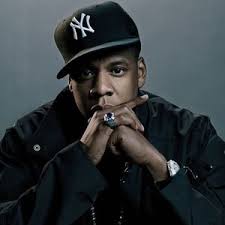 perceive that they are singled out and unfairly targeted by police… aggressive police patrols, excessive use of force and racially biased policing cited as biases for these perceptions (Warren & Farrell 52). This is not a topic hidden from the world. Several articles and journals discuss the issues of racial profiling and racial disparity among the justice system. Both
perceive that they are singled out and unfairly targeted by police… aggressive police patrols, excessive use of force and racially biased policing cited as biases for these perceptions (Warren & Farrell 52). This is not a topic hidden from the world. Several articles and journals discuss the issues of racial profiling and racial disparity among the justice system. Both  lack as less. Race as a means of personal identification (Schiele 811), represents an extralegal factor as to why someone maybe be the target of racial disparity. It is necessary to monitor the practices of law enforcement, the government called for legislation in hopes of ending racial profiling and hold organizations accountable for targeting minority citizens (Warren & Farrell 54). Once this issue is resolved than hopefully racial disparity will not be so apparent in the criminal justice system. Continually cultural oppression is a primary source of social problems experienced by African-American (Schiele 821), though the rise of middle-class in the Harlem Renaissance was expected to create equality, rap music exposes that this discrimination is still rather prominent. The use of Rap and Hip Hop music becomes a voice for those who are targeted from racial profiling which leads to racial disparity. The exposure of this issue through music allows society to not only relate but recognize the discrimination behind racial disparity for what it truly is.
lack as less. Race as a means of personal identification (Schiele 811), represents an extralegal factor as to why someone maybe be the target of racial disparity. It is necessary to monitor the practices of law enforcement, the government called for legislation in hopes of ending racial profiling and hold organizations accountable for targeting minority citizens (Warren & Farrell 54). Once this issue is resolved than hopefully racial disparity will not be so apparent in the criminal justice system. Continually cultural oppression is a primary source of social problems experienced by African-American (Schiele 821), though the rise of middle-class in the Harlem Renaissance was expected to create equality, rap music exposes that this discrimination is still rather prominent. The use of Rap and Hip Hop music becomes a voice for those who are targeted from racial profiling which leads to racial disparity. The exposure of this issue through music allows society to not only relate but recognize the discrimination behind racial disparity for what it truly is.

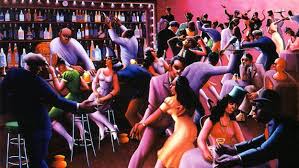

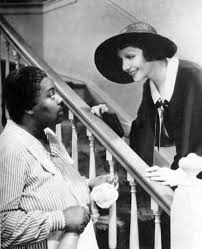
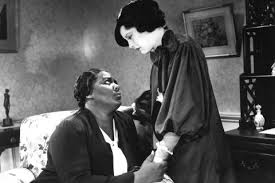 In the
In the 

